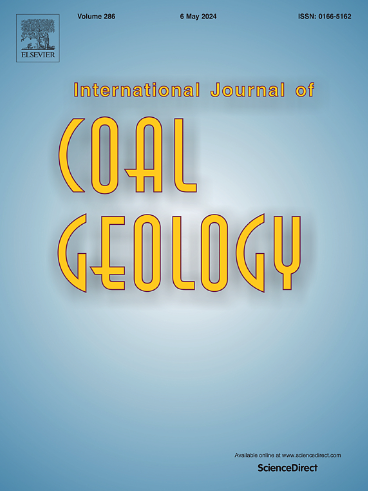定量生物炭中的惰性碳
IF 5.7
2区 工程技术
Q2 ENERGY & FUELS
引用次数: 0
摘要
生物炭去除二氧化碳(CDR)的潜力取决于其生物源碳的长期稳定性,生物源碳来源于大气中的CO 2,通过光合作用固定并以固体形式稳定下来。这种稳定性(碳持久性)通常使用衰变模型来评估作为温室气体再排放的阻力。然而,这些模型是有限的,因为它们主要关注不稳定碳组分的短期降解,而不适合在长时间尺度上预测生物炭的高度顽固性成分的行为。惰性岩代表高度芳构化和浓缩的碳结构,在地球化学上稳定了数千年。本文建立在惯性基准(IBRo2)方法的基础上,直接量化生物炭中的稳定碳部分,而不是依赖于建模。该方法结合热化学分析和入射光显微镜分别测量活性(不稳定)组分和固体碳化显微物质。随机反射分析(Ro)提供了碳化状态的代表性分布,Ro值>; 2.0%定义了扣除活性有机碳后的惰性组分。利用核密度估计(KDE)和数值积分方法对Ro分布进行处理,对惰性碳进行分类,具有精度和统计鲁棒性。由于CDR信用可以与测量的惯性内容联系起来,因此统计有效性至关重要。蒙特卡罗模拟模型评估了采样频率和生产变异性带来的不确定性。结果表明,增加采样减少了不确定性,降低了潜在误差所需的保守安全裕度。该框架支持将合理的安全边际应用于报告的惰性碳和相应的CDR值,从而实现保守而稳健的信贷。通过将惰性碳的直接量化与不确定性的概率建模相结合,IBRo2方法为评估生物炭持久性提供了一个透明和严格的框架,与新兴的国际认证和国家清单方法保持一致。本文章由计算机程序翻译,如有差异,请以英文原文为准。
Quantifying inertinite carbon in biochar
The carbon dioxide removal (CDR) potential of biochar is determined by the long-term stability of its biogenic carbon, derived from atmospheric CO₂ fixed by photosynthesis and stabilized in solid form. This stability (carbon permanence) is commonly assessed using decay models to evaluate resistance to re-emission as greenhouse gases. However, these models are limited, as they focus primarily on short-term degradation of labile carbon fractions and are not suited to project the behavior of the highly recalcitrant component of biochar over extended timescales.
Inertinite represents highly aromatized and condensed carbon structures that are geochemically stable over millennia. This paper builds upon the Inertinite Benchmarking (IBRo2) methodology, directly quantifying the stable carbon fraction in biochar rather than relying on modeling. The method combines thermochemical analysis and incident-light microscopy to measure the reactive (labile) component and solid carbonized macerals, respectively. Random reflectance analysis (Ro) provides a representative distribution of carbonization states, with Ro values >2.0 % defining the inertinite fraction after discounting reactive organic carbon. The Ro distribution is processed using kernel density estimation (KDE) and numerical integration to classify inertinite carbon with precision and statistical robustness.
As CDR crediting can be linked to measured inertinite content, statistical validity is essential. A Monte Carlo simulation model evaluates uncertainties from sampling frequency and production variability. Results show that increased sampling reduces uncertainty and lowers the conservative safety margin needed for potential errors. This framework supports a justified safety margin applied to reported inertinite carbon and corresponding CDR values, enabling conservative and robust crediting.
By combining direct quantification of inertinite carbon with probabilistic modeling of uncertainty, the IBRo2 method offers a transparent and rigorous framework for assessing biochar permanence, aligned with emerging international certification and national inventory methodologies.
求助全文
通过发布文献求助,成功后即可免费获取论文全文。
去求助
来源期刊

International Journal of Coal Geology
工程技术-地球科学综合
CiteScore
11.00
自引率
14.30%
发文量
145
审稿时长
38 days
期刊介绍:
The International Journal of Coal Geology deals with fundamental and applied aspects of the geology and petrology of coal, oil/gas source rocks and shale gas resources. The journal aims to advance the exploration, exploitation and utilization of these resources, and to stimulate environmental awareness as well as advancement of engineering for effective resource management.
 求助内容:
求助内容: 应助结果提醒方式:
应助结果提醒方式:


